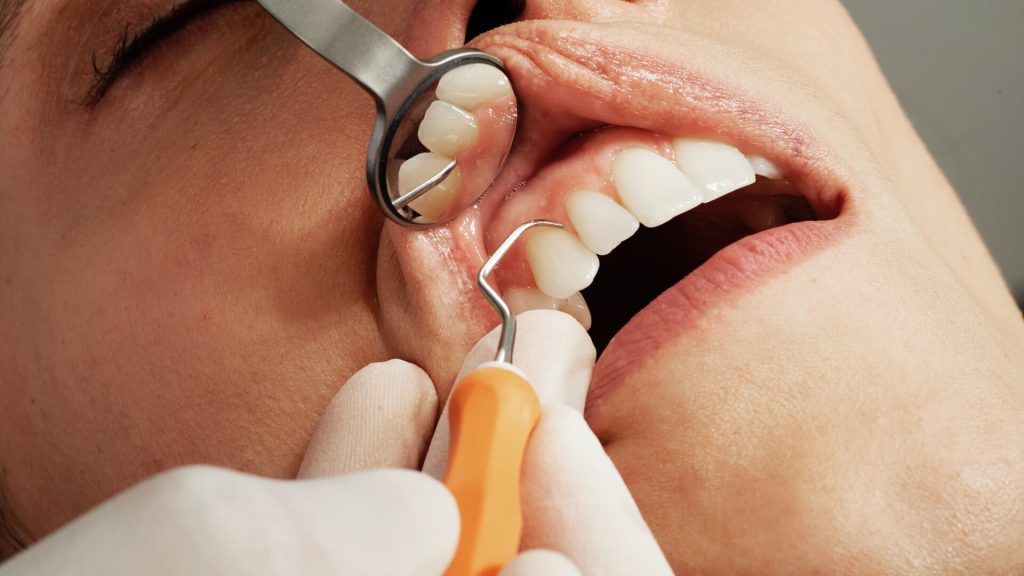Multiple Sclerosis Therapy also Improves Gut Flora Composition

Dimethyl fumarate, a medication used to treat MS also has a beneficial effect on the composition of the intestinal flora, according to research published in Gut Microbes. Conversely, the gut flora also plays a role in which side effects occur during treatment with the medication.
Few previous studies have examined the effects of MS treatments on intestinal flora and on the role their composition plays with regard to efficacy and side effects. A team of researchers at the University of Basel and the University Hospital Basel has now examined these questions in a group of 20 MS patients being treated with dimethyl fumarate.
Dimethyl fumarate reduces the number of MS flare-ups by interfering with the metabolic processes of certain immune cells. However, the therapy is also associated with side effects, including hot flashes and gastrointestinal complaints, and in some cases lymphopenia, a lack of lymphocytes such as B cells and T cells in the blood. This can lead to severe complications.
More ‘good’ bacteria
In their study, the researchers led by Professor Anne-Katrin Pröbstel and Professor Adrian Egli, examined stool and blood samples from participants before and during the first twelve months of the treatment. Their focus was on the composition of the gut microbiome. Pröbstel and her team also measured the number of lymphocytes in the blood in order to identify patients who were experiencing lymphopenia as a side effect.
After only three months of treatment, the research team was already able to identify changes to the gut microbiome: “We were able to show that the gut bacteria of patients receiving the medication started to become more like the composition seen in healthy individuals,” Pröbstel explained. Treatment with dimethyl fumarate reduced the proportion of pro-inflammatory types of bacteria, which have been associated with MS, and supported the growth of “good” bacteria.
Furthermore, the researchers were able to draw a connection between the composition of the gut microbiome and the development of lymphopenia: The presence of Akkermansia muciniphila bacteria combined with the lack of Prevotella copri bacteria emerged as a risk factor for this side effect. The authors therefore suspect that P. copri may protect against lymphopenia.
Interaction between therapy and gut flora
“Our data suggest that immunomodulatory therapies affect not only immune cells, but also positively influence the gut microbiome,” Pröbstel explains. The connection between gut bacteria and clinical side effects of the treatment may eventually enable early identification of patients at risk of developing lymphopenia. Microbiologist Egli continues: “In the future, this relatively new field of microbiology may help us better understand the effects and side effects of many medications with regard to gut bacteria, and to personalise treatment accordingly.”
“What we have so far is only a pilot study with a relatively small number of participants,” she cautioned. Larger-scale studies are needed to confirm the results and explore the potential for supporting MS therapies via gut flora and for predicting side effects in advance.
Source: University of Basel





